Click below to listen to my 2 min. Garden Bite radio show: Watering tips for your lawn
We’re expecting the heat to really kick in this week. It’s a good time to look over some watering tips for your lawn!

The University of MN Extension has some great ideas to train your lawn to be water-wise. Water lawns deeply and infrequently to encourage deep rooting. Shallow watering results in root growth in only the top few inches of the soil which means plants will be unable to survive hot dry conditions in mid-summer. Sounds simple, but pay attention to the weather.
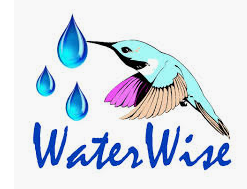
Last year was quite a drought…
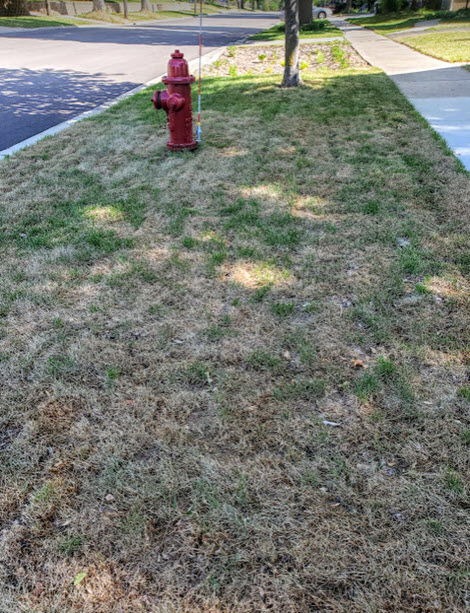

I finally broke down and started watering this last year. Still plenty of dead sod.
One recommendation from the University is: Don’t rely on the “set it and forget it” irrigation schedule programmed into most automatic controllers in the spring. There have been so many times that I’ve seen it pouring rain AND sprinkling too. That drives me crazy as it’s such a waste! Some grasses use less water and tolerate drought. Fescue species offer the best drought tolerance.
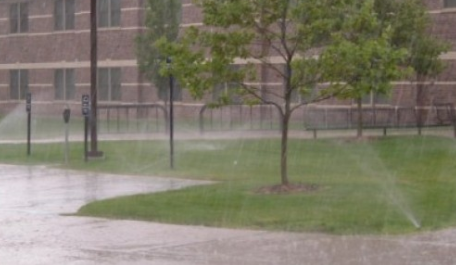
There are grasses that require less water: Fine fescues simply use less water, and tall fescue has a deep root system able to access more moisture.

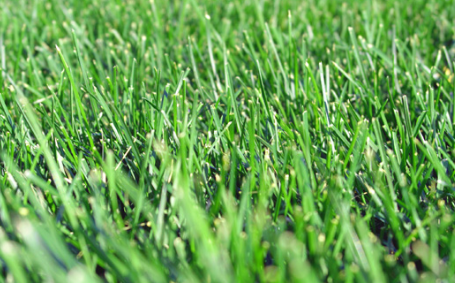
You could also use native grasses that are low mow and worry far less about wasting water, or go clover!! Below is one section of sod that I couldn’t justify watering. I removed the sod and am working on growing white clover there.
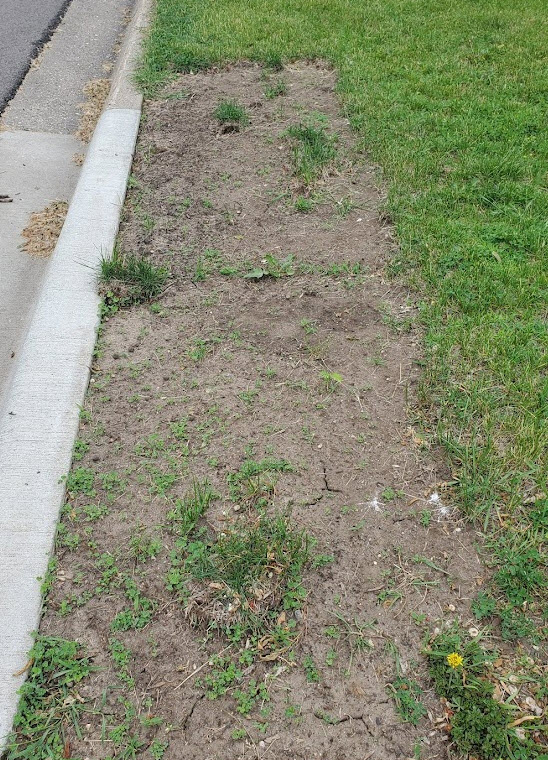
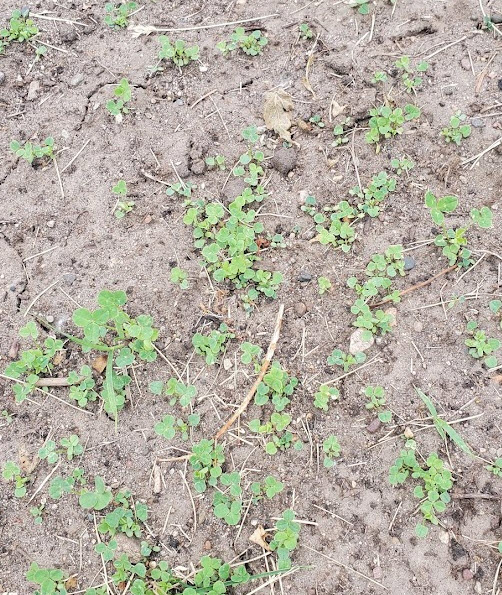

If going clover is not your thing, adjust irrigation programs to conserve water, keep your lawn mowed to 3 inches or higher, it acts like mulch and improves soil while reducing weeds.
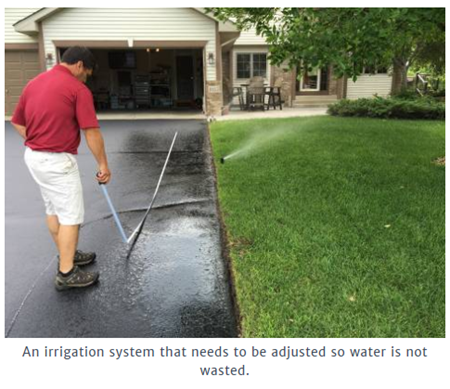
The other option, of course, is to skip the vast expanses of lawns and plant native plants. The State of Minnesota created a “Lawns to Legumes” program and you MAY be able to benefit from some dollars available. You need to check out the information yourself. REGARDLESS of whether you can get any $ to do this, there’s some great information in that link.
This video offers information on the versatility of their ColorStorm Turret Sprinkler.
